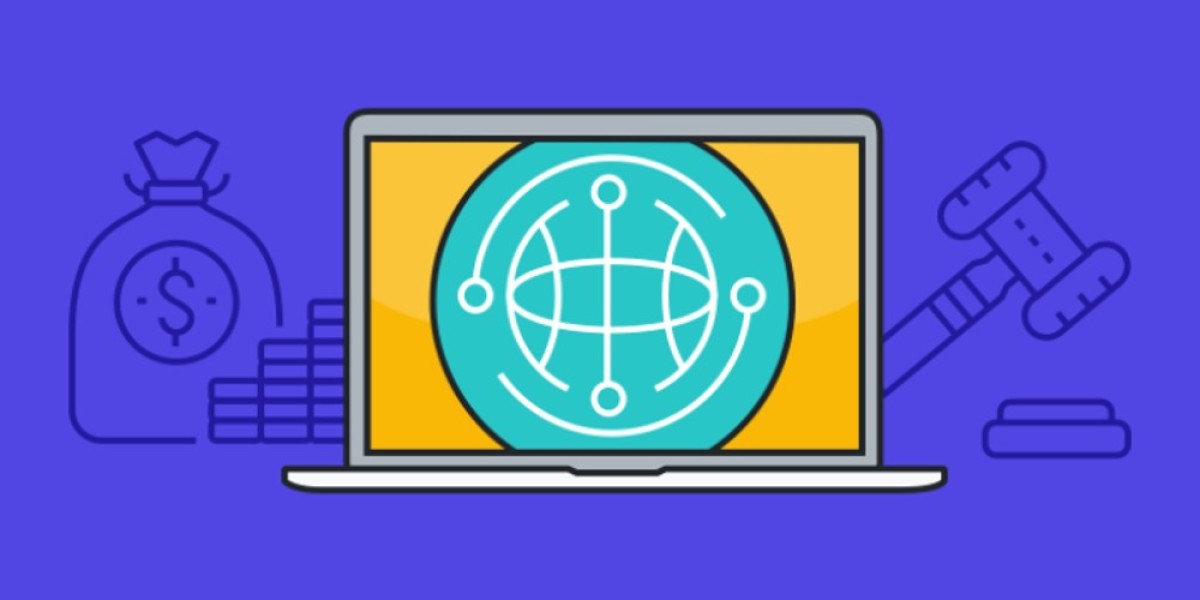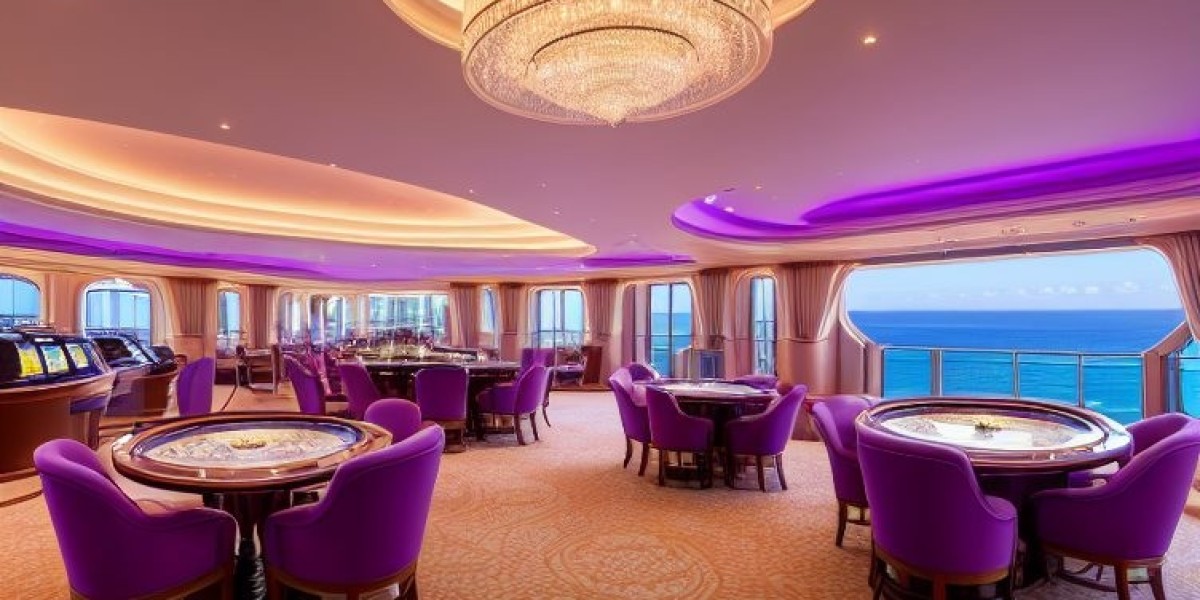In today’s fast-paced digital world, web portal development has become an essential component for businesses, startups, and even individual creators. Whether you’re building a customer service portal, an e-learning platform, or a social networking hub, selecting the right technology stack can make or break your project. A well-chosen stack ensures scalability, performance, and user satisfaction, while a poor choice can lead to technical debt, slow loading times, and even security vulnerabilities.
In this article, we’ll explore what a technology stack is, why it matters, and how you can pick the right one for your next web portal project. We’ll also touch upon interesting examples like apps like Omegle, discuss UI elements such as coding fonts, and offer practical advice for developers and businesses alike.
What Is a Technology Stack in Web Portal Development?
A technology stack is the combination of tools, programming languages, frameworks, and libraries that developers use to build and maintain a web application or portal. Typically, it consists of:
Front-End Technologies: These are responsible for the visual interface of your web portal. They include HTML, CSS, JavaScript, and frameworks like React, Angular, or Vue.js.
Back-End Technologies: The server-side logic that powers your web portal. Common languages include Node.js, Python (Django, Flask), PHP (Laravel), and Java (Spring Boot).
Database: Where your data is stored. Popular choices include MySQL, PostgreSQL, MongoDB, and Firebase.
Hosting & Infrastructure: Cloud platforms like AWS, Google Cloud, or Microsoft Azure provide scalability and reliability.
APIs & Integrations: For connecting your portal to third-party services, payment gateways, and analytics tools.
The right stack ensures your portal is fast, secure, and capable of handling high traffic volumes—just like apps like Omegle, which deal with thousands of concurrent users in real time.
Why Choosing the Right Stack Matters
Performance & Scalability: If your web portal is expected to handle millions of users, your technology stack must scale without performance drops.
Cost Efficiency: Certain stacks reduce development time, which lowers costs.
Security: Some frameworks provide stronger security out of the box.
Developer Experience: Using readable and aesthetic coding fonts in IDEs and choosing developer-friendly frameworks can increase productivity.
Long-Term Maintenance: The wrong stack can make updates harder, leading to higher maintenance costs.
Popular Technology Stacks for Web Portal Development
Before you decide, let’s look at some common stacks used in the industry:
1. MEAN/MERN Stack
MEAN: MongoDB, Express.js, Angular, Node.js
MERN: MongoDB, Express.js, React, Node.js
Ideal for real-time applications like chat portals or video platforms (similar to apps like Omegle).
Pros: Full JavaScript stack, great for single-page applications (SPAs), scalable.
Cons: Requires expertise in JavaScript for both front-end and back-end.
2. LAMP Stack
Linux, Apache, MySQL, PHP
A classic stack for content-heavy portals.
Pros: Stable and widely used, affordable hosting.
Cons: Not as modern or fast as Node.js-based stacks.
3. Django + React
Django handles the backend logic, React handles the frontend.
Pros: Secure, scalable, and developer-friendly.
Cons: Requires knowledge of both Python and JavaScript.
Factors to Consider When Choosing a Technology Stack
1. Project Requirements
What type of portal are you building? For instance:
Social networking portals like Facebook or apps like Omegle require real-time communication features.
E-commerce portals need strong database handling and payment integrations.
Knowledge-sharing portals need SEO-friendly structures and fast content delivery.
2. Scalability Needs
If you expect rapid user growth, choose a stack that supports horizontal scaling, like Node.js with MongoDB or a cloud-based solution.
3. Developer Availability
Are there enough skilled developers available for your chosen stack? Some stacks have a large talent pool (like MERN), making hiring easier.
4. Time-to-Market
If you need to launch quickly, choose a stack with ready-made libraries and frameworks to speed up development.
How Real-Time Platforms Like Omegle Influence Tech Stack Choices
When you think of apps like Omegle, real-time video and text chat come to mind. These platforms rely on:
WebRTC: For real-time video and voice communication.
Node.js with Socket.IO: For instant messaging and event-driven architecture.
Scalable Back-End: A microservices architecture ensures the app can handle millions of simultaneous connections.
If your web portal needs similar functionality, your technology stack must support low-latency data transfer and robust networking capabilities.
Design & UI Considerations: Why Coding Fonts Matter
While technology stack decisions are mostly about the backend and frontend frameworks, the developer experience plays a crucial role in productivity. One underrated aspect is the use of coding fonts. Fonts like Fira Code, JetBrains Mono, and Source Code Pro can make reading and writing code easier by:
Supporting ligatures for common operators.
Offering clear differentiation between similar characters (like
Oand0).Reducing eye strain during long coding sessions.
A good coding environment indirectly accelerates web portal development by minimizing errors and improving readability.
Common Mistakes to Avoid When Choosing a Tech Stack
Following Trends Blindly: Just because a stack is popular doesn’t mean it fits your project.
Ignoring Security: Every layer of your stack must adhere to security best practices.
Underestimating Future Requirements: Plan for growth—don’t choose a stack that can’t scale.
Skipping Proper Testing: Always test your chosen stack in a real-world scenario before committing.
Final Thoughts
Selecting the right technology stack for web portal development isn’t a one-size-fits-all decision. It depends on your project goals, user expectations, budget, and timeline. Whether you’re building a business portal, a learning platform, or something interactive like apps similar to Omegle, the right choice of stack can be the difference between success and failure.
Take time to analyze your needs, consult with experienced developers, and consider both the short-term and long-term implications of your decision. And remember, even small details—like using the right coding font for your development team—can significantly improve productivity and reduce errors.







